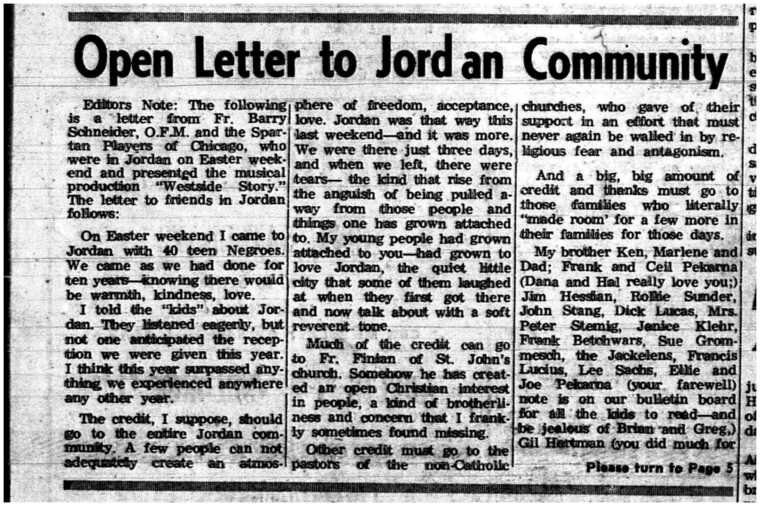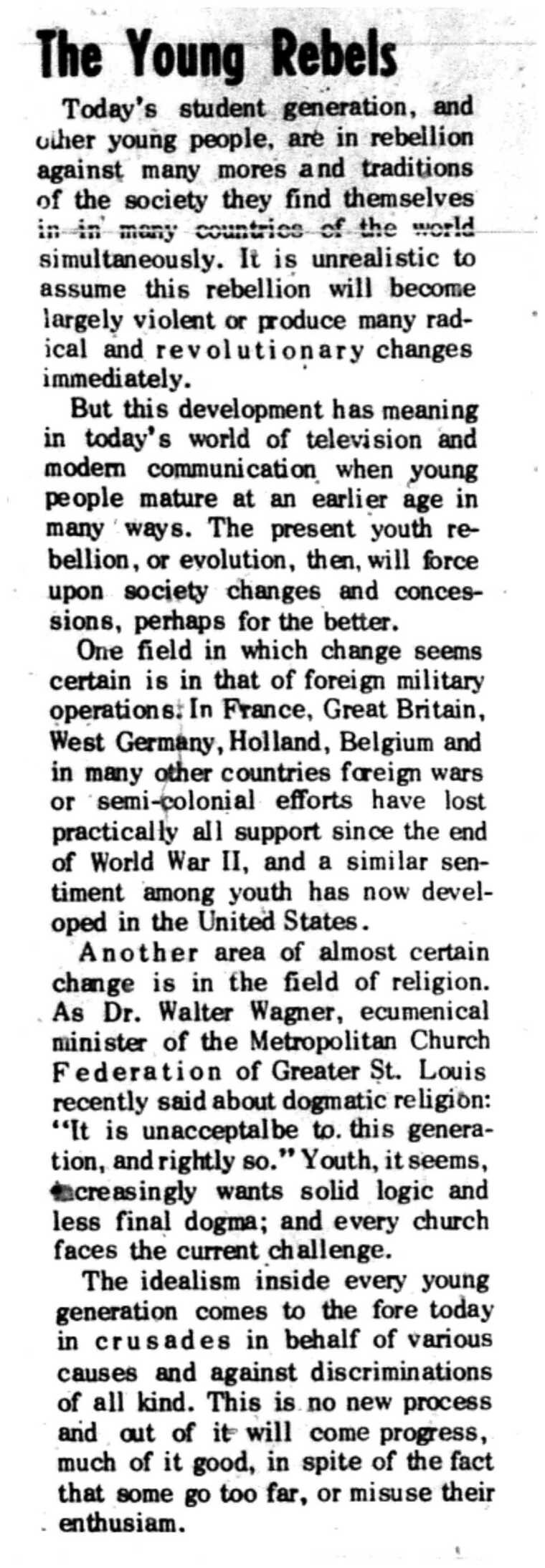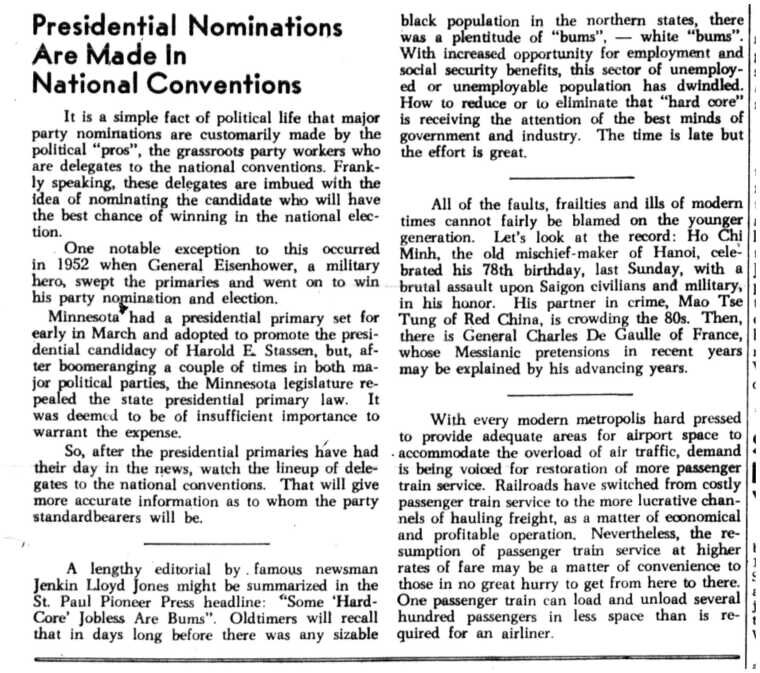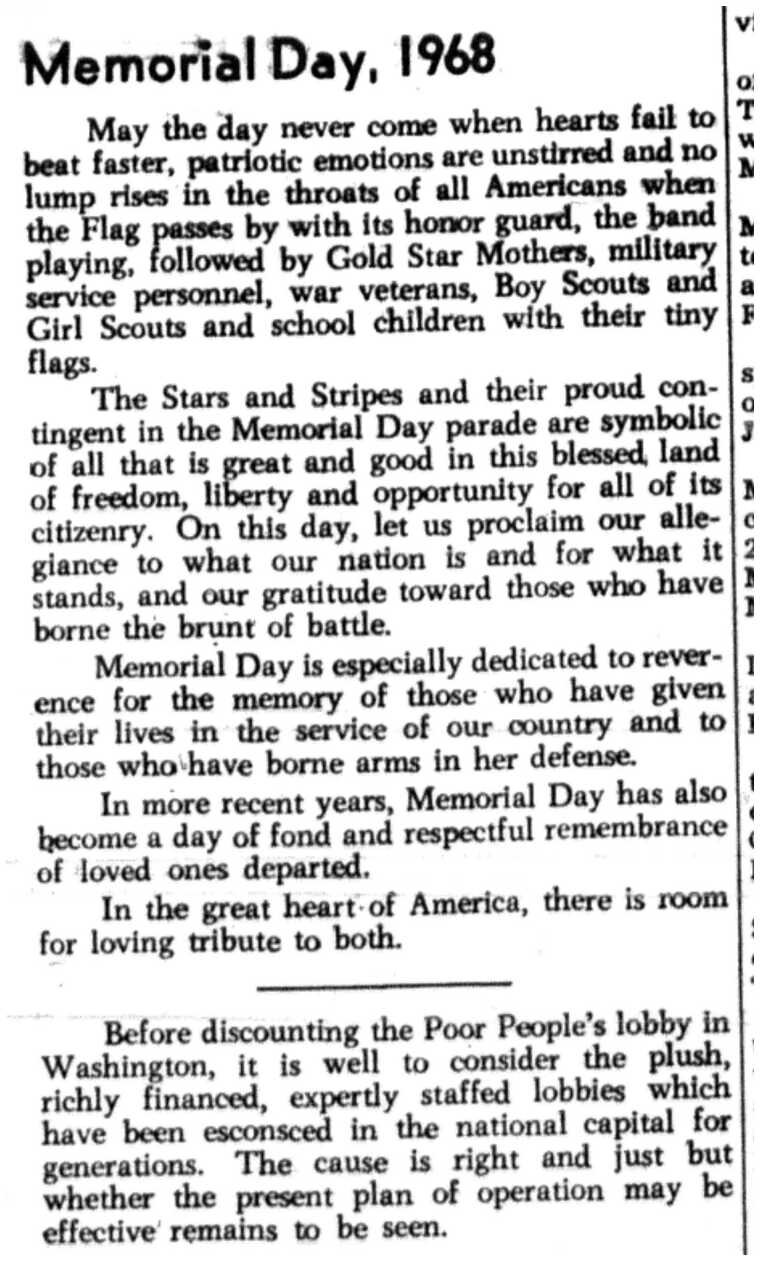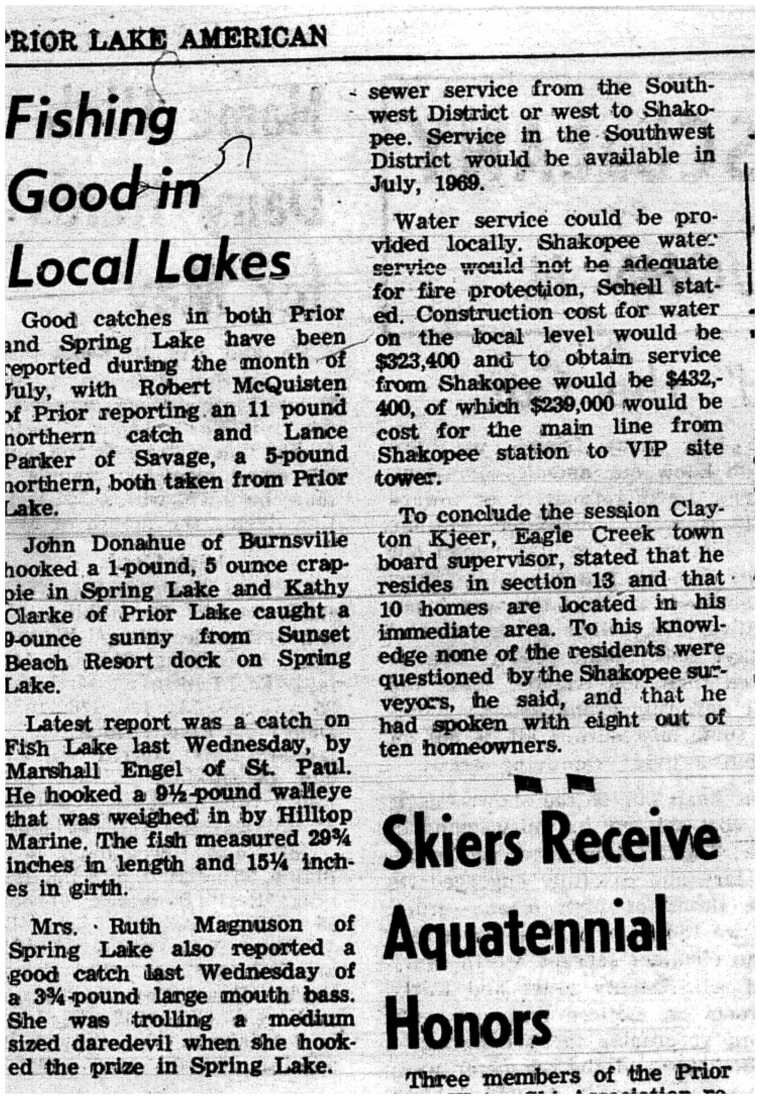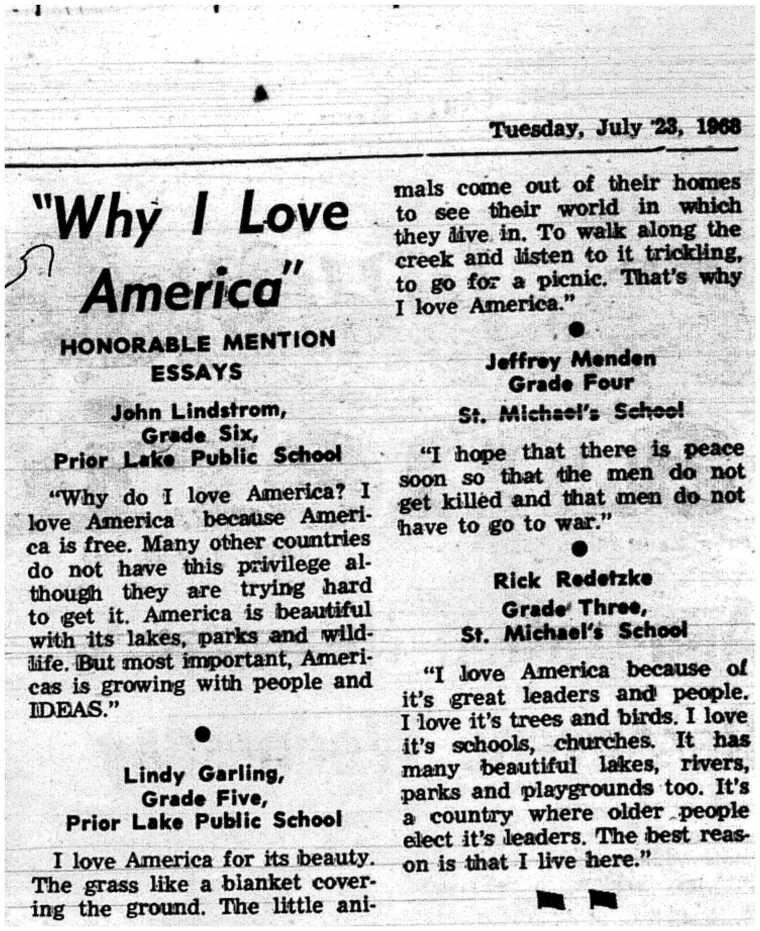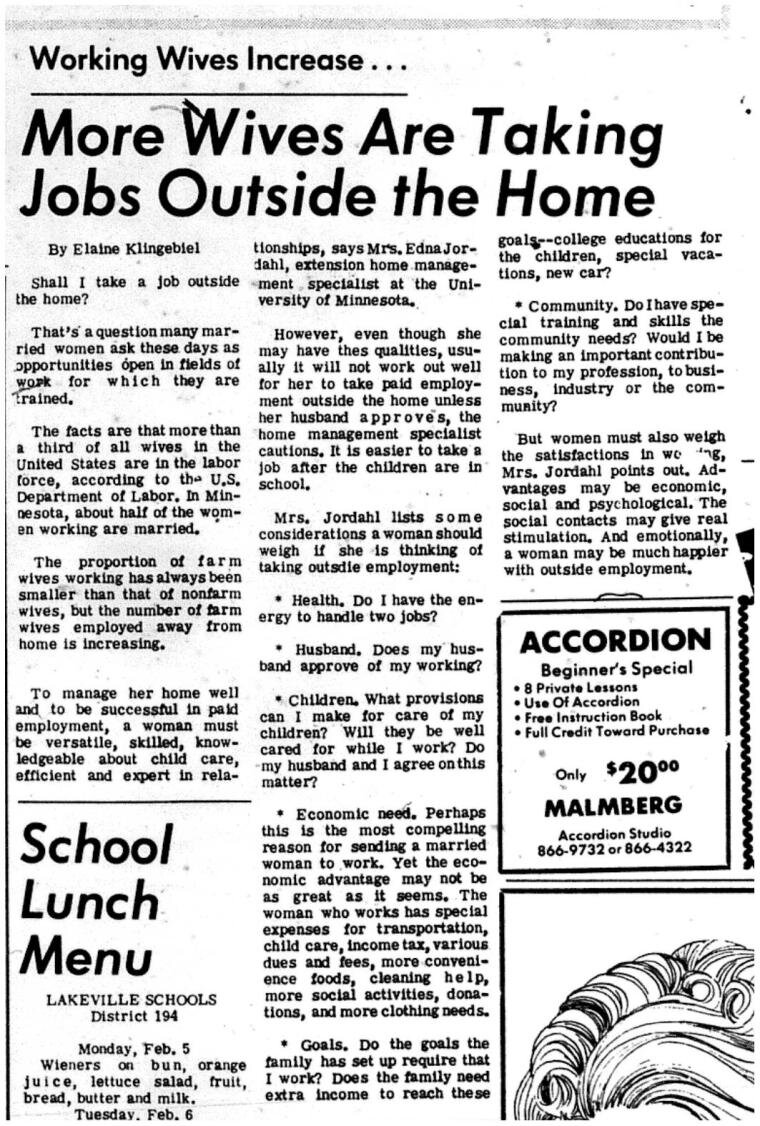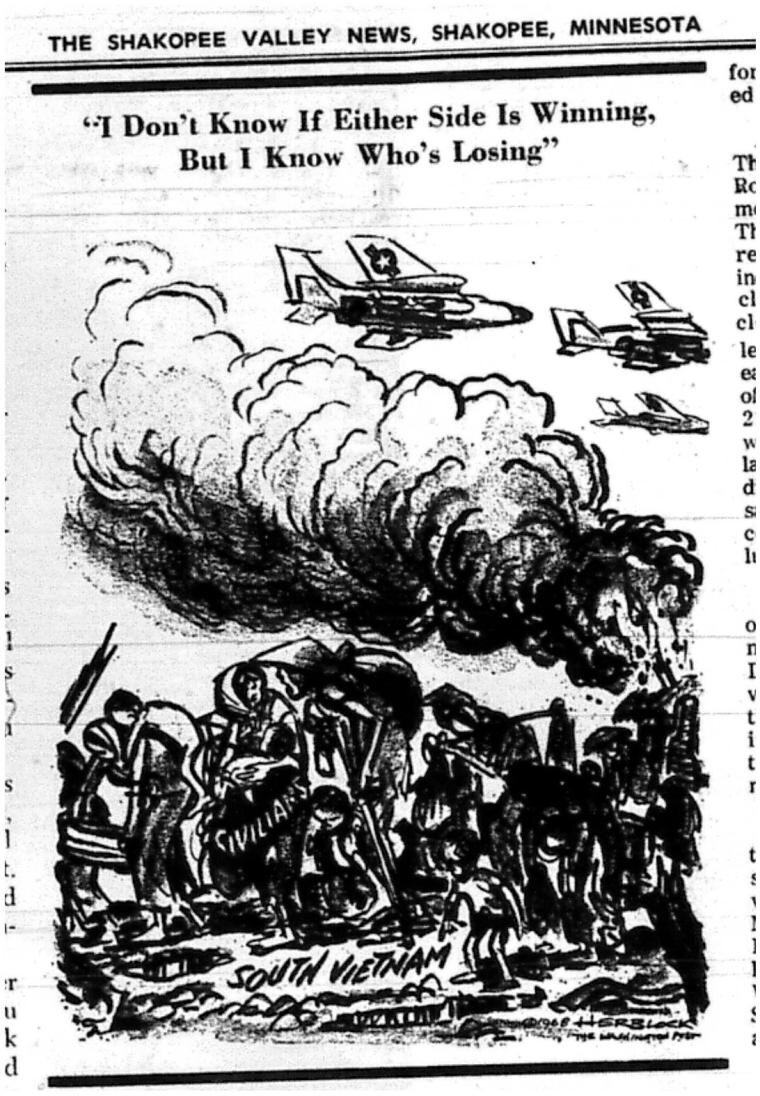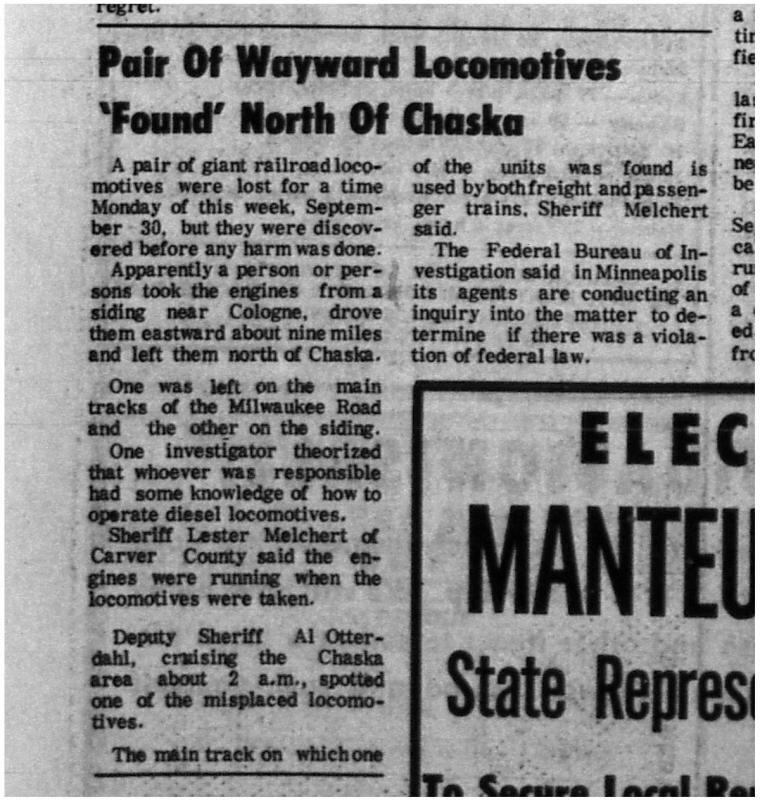Postcard of the Fred Meinke Saloon and Lunch Room in Elko. A sign on the building reads "Lunch Room/Hamm's Beer/Fred Meinke." 1905. SCHS Collection.
Businesses of Elko and New Market
Elko’s first general merchandise store opened in 1903, conducted by the Herder Brothers. It was followed closely by another important business—a local bar, opened by Peter Ring in 1904. In 1906, the Shien brothers of Lakeville opened a slaughterhouse near the railroad to process all the local “cattle, hogs, poultry, veal and sheep.”
Pete Welter, grocery store owner in New Market. 1895. SCHS Collection.
The New Market Hotel was built in the 1890s and is still standing as a member of the National Register of Historic Places. Helen Kaufberg grew up in the hotel, and described her experiences in “As I Remember Scott County.” She recalls:
My earliest memories of my childhood are the first ten years of my life that I spent in the hotel that my parents operated. It was a busy little place as very few people owned cars. The traveling salesmen came by train to the neighboring village of Elko. They would then come to New Market. If they came in the evening, they would have to stay until the next day. Also the farmers from neighboring Cedar Lake Township had to haul their grain to the elevator at Elko by team, so many of them would stop at the hotel for a meal, for which they were charged 25¢. This was about 1910 to 1920. We had several girls who helped with the cooking and other chores.
I remember mother getting up some mornings at 3 o’clock to do the laundry. There was no electricity and it was a little scary to come downstairs alone. I also recall that some of the laundry was sent to the Cities by train. It was put in large canvas hampers around 4 feet long and 3 feet high.
There were dances held in the Village Hall and during intermission a supper was served at the hotel. On one particular night, they served a turkey supper. They had everything waiting for the crowd when the stove pipe on the wood range fell down. It was really a disaster.
Another time, my folks told about a burglary at the Post Office next door. A salesman for the Schmidt Brewery had been on the train and got off at Elko. He had seen two suspicious men get off the train. He immediately walked around to the other side of the train and walked towards the grain elevator. He called from the depot and alerted the people at New Market, so when the hotel closed at 11 o’clock, some of the people stayed up and watched through a window at the back of the hotel. They were watching the Post Office and also the bank which was next to the Post Office. The salesman got a hold of a gun and opened the window just enough to put the gun through and when the burglars tried to get in the back door of the Post Office they were frightened away. There had been evidence that the burglars had waited in the choir loft of the church as there were cigarette or cigar stubs left behind.
The Elko Bank was also almost the target of a burglary during the 1920s. According to the Shakopee Tribune, at 2:00 a.m. on Friday, May 12, 1921, “auto bandits” pulled up to the bank. Before they arrived, they had cut the telegraph wires to the town, hoping to escape before help could be contacted. What they didn’t know was that a bank teller named B. F. Case and his wife had an apartment in the basement of the bank. Case snuck upstairs in the dark with his gun. He fired on the bandits, scaring them away and preventing the robbery.
Gas lighting came to the businesses of New Market in 1901, as was described in the following article giving a summary of New Market happenings that was published by the Shakopee Tribune in May of that year:
Under the radiance of the gas light as reflected from the hardware establishment of Math Hauer on Main street and the saloon of Radermacher and Young on St Joseph's street, our village at night, from a distance, has the appearance of a modern city. We are told that this gas illuminating system is the sole invention of Mr. Hauer, our ingenious mechanic and hardware dealer. The system seems practical, useful, economical and satisfactory in every respect as far as it has been tested. And we hope to see it make such headway in its usefullness, that before long our village officials will adopt it as the means of illuminating the channels of commerce of our village-the streets. We always nursed the idea that if our burgh would once be lit up and assume metropolitan airs in such a manner, so that strangers could see it from afar and behold its beauty in location, as it is nestled in among the Jerusalem-like hills, that the railroad kings and the people in general would no longer believe it a ruined, lost, dirtcovered Pompeii.
St. Nicholas Church
One of the defining features of Elko New Market is St. Nicholas Church. The church’s first incarnation was a log structure built in 1861 on the property of Peter J. Bates. The community soon outgrew the church. In 1872, the Shakopee Mirror wrote: “The Catholics of New Market are preparing to build a new church. It will be much larger than the old one and is rendered necessary by the large increase in their congregation. Our New Market friends are able to do whatever they undertake, and we doubt not their new church will be a credit to them.”
Book titled "Celebrating 150 Years" by the Church of St. Nicholas 150th Anniversary Committee. 2009. SCHS Collection.
This church was replaced, and the new structure dedicated in November of 1911. The ceremonies included a celebration of the 50-year anniversary of the original parish, confirmation of a class of 99 young people, along with high mass, choir, and a sermon in English and German. Four of the original parishioners were present—Mr. and Mrs. Peter Wagner, Anton Degross, and Hubert Kloeckner.
A school was added to the facility in 1915, after parishioners were concerned that local public schools were allowing children from neighboring communities to attend and not teaching religion. The first school building included three large classrooms and started with 126 students in 1916. Because farms at the time were spread out, and Minnesota weather conditions were volatile, it was not uncommon for students to stay in the convent throughout the week and only return home on weekends. Classes were only conducted in English, and some of the sisters, who were teachers, noted that this was a challenge for some students who did not speak English at home. In 1969 the Veseli, Elko, New Market, and Lonsdale Catholic schools merged. Today the descendant of the St. Nicholas school is located in Webster.
Elko Speedway
Elko Speedway opened in 1965, providing a local space for thousands of fans to enjoy the sport.
In 1987, they became formally associated with NASCAR. Today, approximately 150,000 fans turn up for races each year, which include Late Model, Thunder Car, and Power Stock divisions. According to their website, “The Late Models are highly modified with fabricated frames and fiberglass or aluminum bodies with specialized power plants. Thunder Cars are stock cars with minor engine and suspension modifications allowed. Power Stocks are a low-cost entry level division that are nearly straight from the factory. Other common divisions that also compete at Elko Speedway include the Great North Legends and Bandoleros.”
Elko has added space for concerts, a drive-in theater and concession stand in recent years which have attracted more attention and fans to the area.
After being closed for a while because of the COVID-19 pandemic in 2020, the racetrack was eager to reopen to 1,500 guests in August of that year. In an interview with Sun This Week, Ryan, then in his 21st season as Elko Speedway’s owner, explained how local race tracks can’t operate without spectators like many of the bigger racetracks. He said, “Our business model depends on spectators. The people who race pay entry fees, but some of the money from ticket sales and concessions also go to purses. We don’t have TV revenue like NASCAR, so we need the fans.”
Racing pennant from Elko Speedway. Ca. 1965-1975. SCHS Collection.
While the ⅜ mile track was closed, Elko’s drive-in theater was able to continue hosting movies and video concerts. 3,000 viewers came to watch the virtual Garth Brooks concert from their cars.












